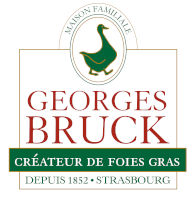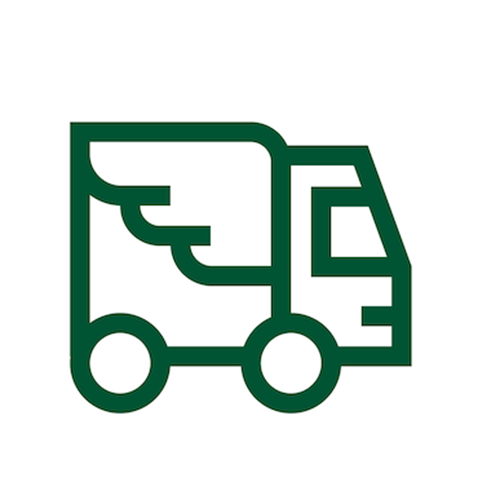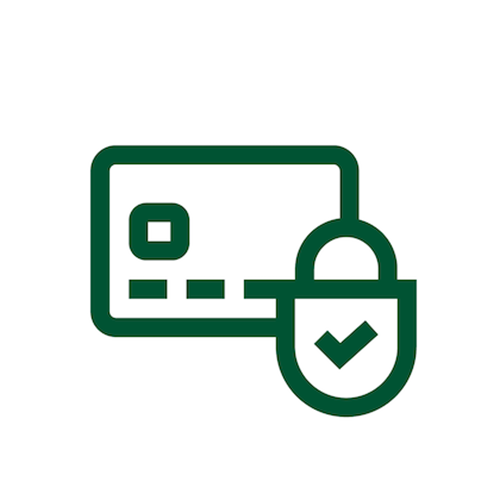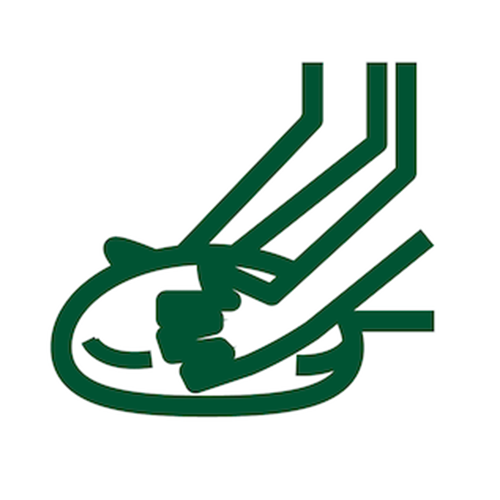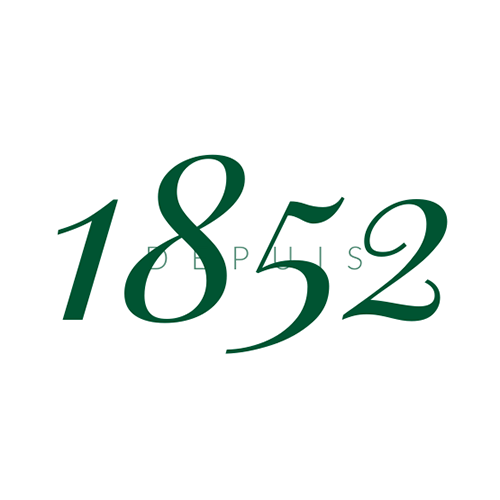YOUR FREQUENTLY ASKED QUESTIONS
FOIE GRAS de STRASBOURG - ALSACE
Goose foie gras has a very subtle flavour, it is fine with a slight bitterness that tends to be pronounced in the aftertaste. Its colour is pinkish beige.
Duck has more character, its taste is more assertive and its flavours more pronounced. Its colour is more of a beige colour tending towards yellow.
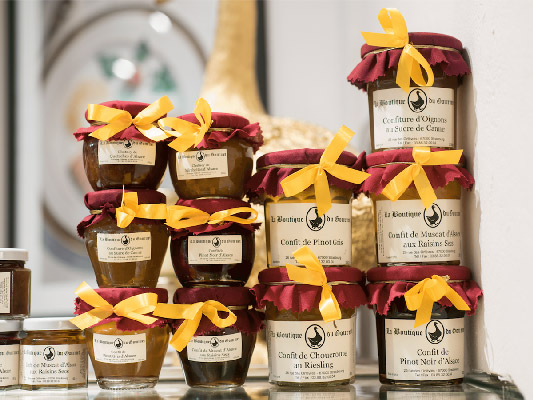


For canned foie gras, the date indicated is a best before date (DDM), which means that the product may lose some of its taste properties after the DDM but the sanitary quality is maintained. This is why you can consume a canned food several months after its expiry date. (It is noted on the packaging: “Best before”)
For semi-cooked products, the date indicated is a use-by date, the product is safe to eat until the date indicated; after that date, it should not be consumed (the packaging states: “Best before”).
Why does my foie gras turn grey/green when opened and stored in the fridge? Is this dangerous?
Goose foie gras is more expensive because the rearing of geese is more restrictive and more technical. You have to count on 3 or even 4 portions per day, whereas ducks are force-fed twice a day.
Moreover, in France, the volume of ducks force-fed is much higher than the volume of geese force-fed. There are fewer and fewer goose farmers, which means that demand is very high compared to supply, which increases prices.
Neither good nor bad. Like all foods of animal origin, foie gras contains a high proportion of saturated fats. However, it also contains a high proportion of monounsaturated fatty acids, of the type found in olive oil, which are considered to protect the cardiovascular system.
However, it is not recommended to abuse it and should be consumed in moderation. Remember to eat a balanced diet of fruit and vegetables.
For the aperitif on toast, allow 30 grams per person. Avoid spreading it, it is a noble product. With a knife previously dipped in hot water, cut it into thin slices, adjusted to the size of the toasts.
For a foie gras served in slices on a plate as a starter, allow 50 grams per guest.
For a pan-fried foie gras, count 100 grams if it is a starter, or 150g as a main course.
Our foies gras come from Hungary, the cradle of foie gras production, and from the south-west of France.
The breeding of geese for foie gras was quite widespread in Alsace, around Strasbourg of course but also in the Sundgau (Hirsingue) as well as in Colmar and in the Kochersberg. However, the enormous demand for foie gras in the German-speaking world in the 19th century led the Strasbourg firms to turn to Hungary for their supplies. From 1950 onwards, goose farming in Alsace was reduced and Hungary became the main supplier for the people of Strasbourg.
Georges Bruck has maintained this traditional link with Hungary to offer gourmets this original goose foie gras cooked according to his ancestral spice recipe. To be tasted in the Alsatian way, not with a knife but with a fork, in association with a piece of brioche bread…
We use a powerful technology: the SSL encryption process.
SSL is the most widely used encryption method on the Web. Thanks to SSL encryption, all information exchanged between your browser and our website server is unreadable by third parties: SSL therefore guarantees the security of Internet banking transactions.
SSL is transparent to the user, in the sense that you will not be asked to do anything to browse an SSL-secured Web site. You can still identify an SSL connection by your browser’s address line beginning with https://… instead of http://… In addition, a closed padlock appears in your browser’s status bar.
The site does not store your credit card number
The credit card number is not kept in the site’s sales history.
This is an additional protection.
It will require you to re-enter this information each time you make an online purchase.


